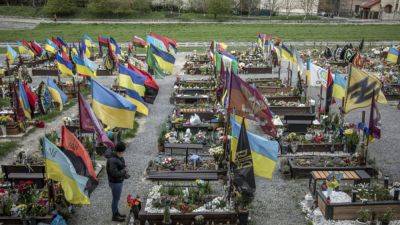India’s HIV-infected children live at haven thanks to a man’s ‘happy’ mission
Known affectionately as “Baba” by the residents of the sanctuary, Bapatle has been dedicated to serving those infected with HIV since 2006 after he witnessed the death of a seven-year-old HIV-positive orphan who was abandoned and shunned by the people of his village.
“The death [of that child] shook me to the core. Nobody was willing to perform his last rites. His body had started rotting. With the help of my friends, I performed his last rites,” he recalled.
Before embarking on his life mission, Bapatle was a journalist working with a local Marathi language newspaper, as well as teaching journalism at a local college.
He encountered much opposition over his plan to set up the sanctuary from the locals at Hasegaon after he arrived there in 2007.
A friend’s grandfather had donated six and a half acres of land there towards Bapatle’s cause. But the village authorities refused to give him a certificate for the supply of electricity and water.
Eventually, the district administration intervened and allowed him to have access to utilities. Bapatle then built basic infrastructure including roads and small huts and opened a non-governmental organisation called “Aamhi Sevak Sanstha” to serve people living with HIV/Aids.
As the number of HIV-infected children under Bapatle’s care grew, he enrolled them in a government school but met resistance from locals who feared that the virus would spread to their children.
The school was closed for almost four months as a result of protests by locals, said Bapatle, who hailed from the village of Udgir Taluk in Latur. The huts he built and the trees he planted on his premises were burned and damaged, he added.
But Bapatle refused to give up and his perseverance paid off after district administrators,







